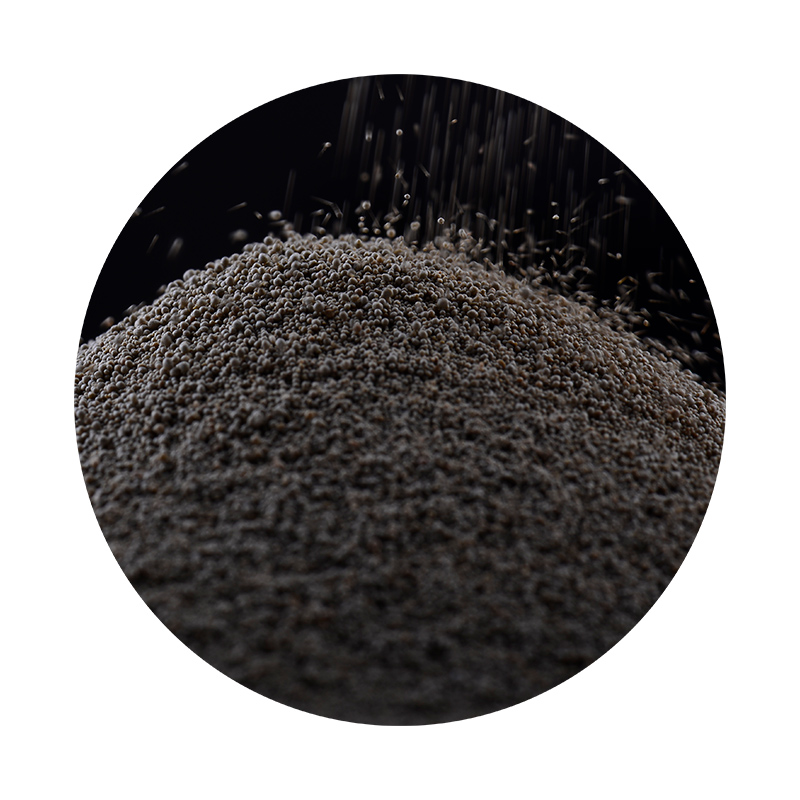Steps of Sand Casting
Sand casting is a highly versatile and widely used manufacturing process for producing metal parts and components. Its popularity stems from its simplicity, cost-effectiveness, and ability to create complex shapes with various metals. The following outlines the key steps involved in the sand casting process.
1. Pattern Making The first step in sand casting is creating a pattern, which is a replica of the final product. Patterns are typically made from materials like wood, metal, or plastic. They must take into account factors such as shrinkage and the parting line, which defines where the mold will split. Patterns can be single-piece or multipart depending on the complexity of the design.
Steps of Sand Casting
3. Core Making For parts with internal cavities or complex shapes, cores are created using similar sand materials. Cores are placed inside the mold to form these cavities and are usually made separately. Proper placement of cores is critical, as they need to be secured so they don’t shift during the pouring process.
steps of sand casting

4. Pouring Once the mold is complete and cores are positioned, molten metal is poured into the cavity created by the pattern. The temperature of the molten metal is crucial, as it must be hot enough to flow smoothly but also controlled to avoid defects. This step needs to be executed quickly to prevent the mold from cooling down too much.
5. Cooling After pouring, the metal is left to cool and solidify. The cooling time varies depending on the size and thickness of the casting. Adequate cooling is essential to ensure proper structure and properties of the final product.
6. Shakeout Once the metal has solidified, the mold is broken apart to reveal the casting. This process, known as shakeout, involves removing the sand and any cores, leaving the finished part ready for further processing.
7. Finishing The final step involves trimming excess material, machining, or surface treatment to achieve the desired final dimensions and finish. Quality control checks are also performed to ensure the casting meets the required specifications.
In conclusion, sand casting is an essential process in manufacturing that allows for the efficient production of metal components, highlighting its significance across industries.
Post time:Aug . 28, 2024 20:11
Next:모래 주조 공정 단계 - 효과적인 주조 기술
